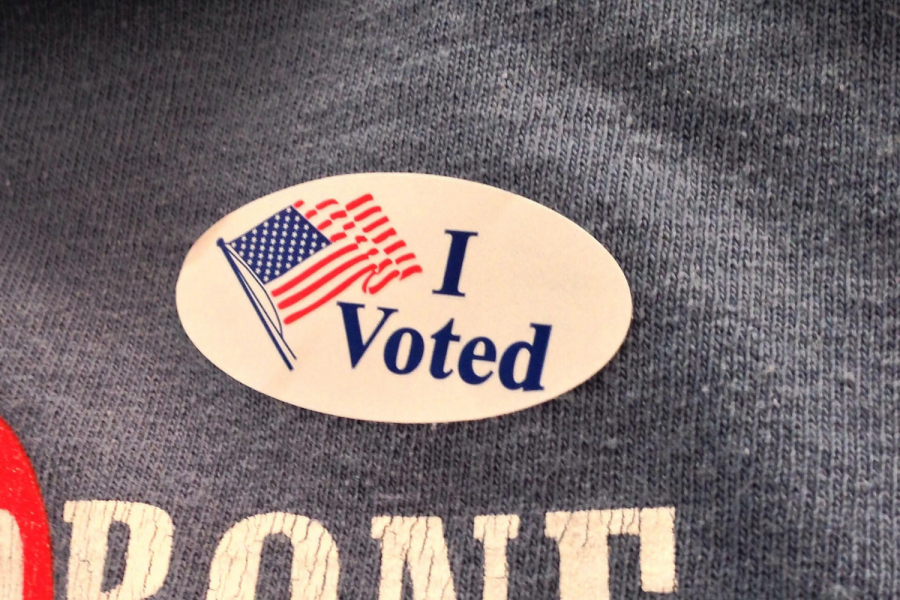H. Michael Karshis / Creative Commons-Flickr
A Kansas advance mail-in ballot is seen Tuesday, Oct. 20, 2020, in Overland Park, Kan. Record numbers of ballots are being cast by mail-in ballots and early voting ahead of the November election
Opinion: Mail-in voting is risky but not because of voter fraud
Although voters in California received their ballots by mail this year, it is important that they still vote in person.
October 21, 2020
Mail-in ballots — a controversial topic that’s captivated the internet and social media, leaving many people unsure of how they should cast their vote in the upcoming presidential election.
In a time where uncertainty is the new normal due to the novel coronavirus, there is no surprise that many people are concerned over what the most reliable form of voting is, and the influx of false information from the GOP and Democrats alike is not helping the situation. However, despite the claims made by both political parties, people should still avoid voting by mail if possible.
Although voters received their ballots by mail, it is important that they drop them off at the Registrar of Voters or wait until the election day to take them to a voting poll. According to research done by the Electronic Registration Information Center, a nonprofit organization focused on improving the accuracy of American voter rolls, 0.0025% of the mail-in ballots in the 2018 general election were found to be fraudulent. Based on this study, it is clear that the chances of voter fraud occurring in this election are very low. However, this does not mean that there still aren’t risks when it comes to mail-in voting. Although voter fraud itself is not a main concern, people should still vote in person to increase the chances of their vote being counted. In the presidential primary election, earlier this year, over a half-million ballots were rejected, according to data from the U.S. Election Assistance Commission. This was due to improper signatures and postmarks filled out in the ballots — mistakes that are usually caught and corrected when voting in-person.
About 150 million people are also expected to vote this November. If this number is accurate, this year will be the highest-voter turnout in more than a century. Although this increase in civil engagement is a good sign for our democracy, it also means more errors. According to an investigation done by PBS, Columbia Journalism Investigations and USA today, if half of the nation votes by mail, 1,030,700 ballots are expected to be rejected. This is especially concerning because that is around the population size of some small states. Voting by mail increases the chances of errors which is why it is in the best interest of voters to fill their ballots out at the polls to minimize such small errors.
Voting in person is also safer than most people think. Although the coronavirus is still spreading in many communities, the chances of getting it from a polling center are very low. Earlier in May, during Wisconsin’s primary election, many people feared they would get the coronavirus from voting in person. However, a study from the U.S. Health Department and Center for Disease Control revealed that there were no clear case increases, hospitalizations, or deaths connected to in-person voting. In other words, people are more likely to contract the virus at a grocery store than at a polling center.
As long as polling centers follow the proper guidelines of requiring masks and social distancing, people should be safe and at low risk from the virus. If you want your vote to truly be counted and you are not at high risk for contracting the coronavirus, then it is in your best interest to vote in person.

